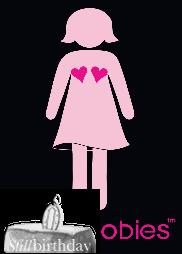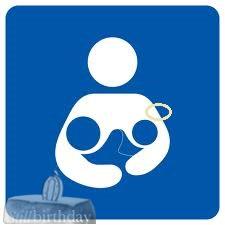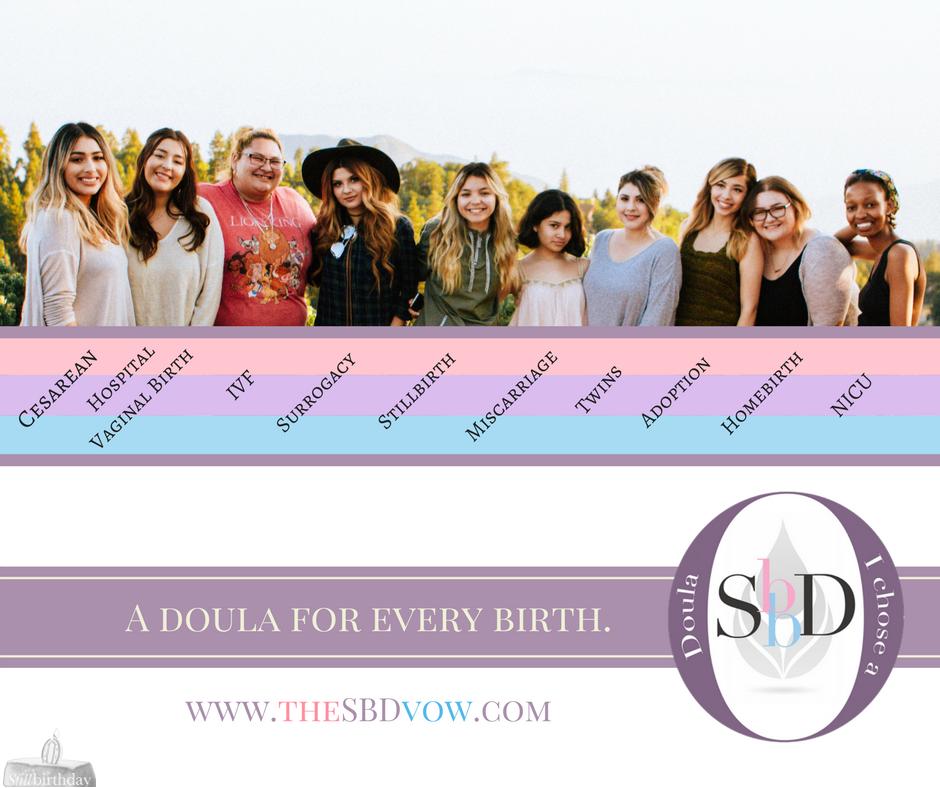[View more postpartum health information here.]
This is part 1 of 2 in Post Loss Lactation, an introduction into lactation. Click here to view part 2, which includes practical support for expediting the drying process, milk donation, and other options mothers may utilize with breastmilk after loss.
One of the first signs a mother may notice in her body when she believes she may be pregnant, is a change in her breasts:
- breasts may feel fuller
- nipples may feel more sensitive
- areola may appear darker (from pink to brown)
- Montgomery glands may be visible
- dark blue veins may appear on your chest and breasts
From the very beginning of pregnancy, a mother’s body is preparing for the arrival of the baby – and to feed and nourish the new little one.
By the third month of pregnancy, hormones, including prolactin, estrogen, progesterone, and human growth hormone, reproduce milk ducts and gland-producing cells in your breasts. This glandular tissue replaces much of the fatty and supportive tissue that normally makes up most of the volume of your breast, causing the fuller breasts of pregnancy.
By the fifth month of pregnancy, your body is prepared to breastfeed your newborn.
So what do you do, when your baby dies?
From approximately 20 gestational weeks on, if a mother experiences a pregnancy loss, she will need to make a decision regarding her breastmilk. Here are two options:
- expedite the drying process
- provide breastmilk for needy newborns
Neither choice is easy, but each has advantages. Kayce Pearsen, a loss mother and bereavement doula with stillbirthday, wrote a very helpful article on tips for both options, and Liz, a loss mother and stillbirthday mentor, shared information specifically regarding nursing your newborn with an adverse or fatal diagnosis (difficult diagnosis birth plan), or nursing your live twin if one of your twins has died (twins birth plan). Please read them.
Stillbirthday has lactation professionals listed who can help you specifically with loss related breastmilk/lactating questions and encouragement. Just email one or more of them with your questions.
You can learn a little more about our lactation professionals here.
This is part 1 of 2 in Post Loss Lactation, an introduction into lactation. Click here to view part 2, which includes practical support for expediting the drying process, milk donation, and other options mothers may utilize with breastmilk after loss.
Stillbirthday Lactation Freebies/Discounts
See details at bottom of post.
Bamboobies Breast Pads – Post Loss Milk Donation
 Mother’s Milk Tea – Post Loss Milk Donation
Mother’s Milk Tea – Post Loss Milk Donation
No More Milk Tea – Post Loss Expedited Milk Drying
Details:
(BamBoobies pads) Stillbirthday provides one set of BamBoobies nursing pads for bereaved mothers who write in their milk donating story. These inspiring stories are held in the category of donating decisions. These soft, washable nursing pads are heart shaped, which provide practical comfort and are much more discreet than round shaped pads that clump and bunch under your blouse. They are heart shaped, reminding you of your generous, loving gesture of providing needed nourishment to another baby – and as a symbol of your love for your own baby, who you are grieving. Because they are washable, these heart shaped pads can be added to your memory box when you are finished lactating. Stories are responded to by email to recieve your mailing address. Please indicate your interest when you submit your story. While supplies last.
(Mother’s Milk Tea) Stillbirthday provides 2 tea bags of Mother’s Milk Tea for bereaved mothers who write in their milk donating story. Mother’s Milk is an herbal tea traditionally used to increase breastmilk production. These inspiring stories are held in the category of donating decisions. Stories are responded to by email to recieve your mailing address. Please indicate your interest when you submit your story. While supplies last.
(No More Milk Tea) Stillbirthday provides a coupon for bereaved mothers who choose to expedite the drying process of their milk supply. You, too, are invited to share your story of your lactation decision. These stories are also held in the category of donating decisions. Visit Earth Mama Angel Baby and enter in coupon code: SBD20 to recieve 20% your entire order! Expires 12.31.12.












